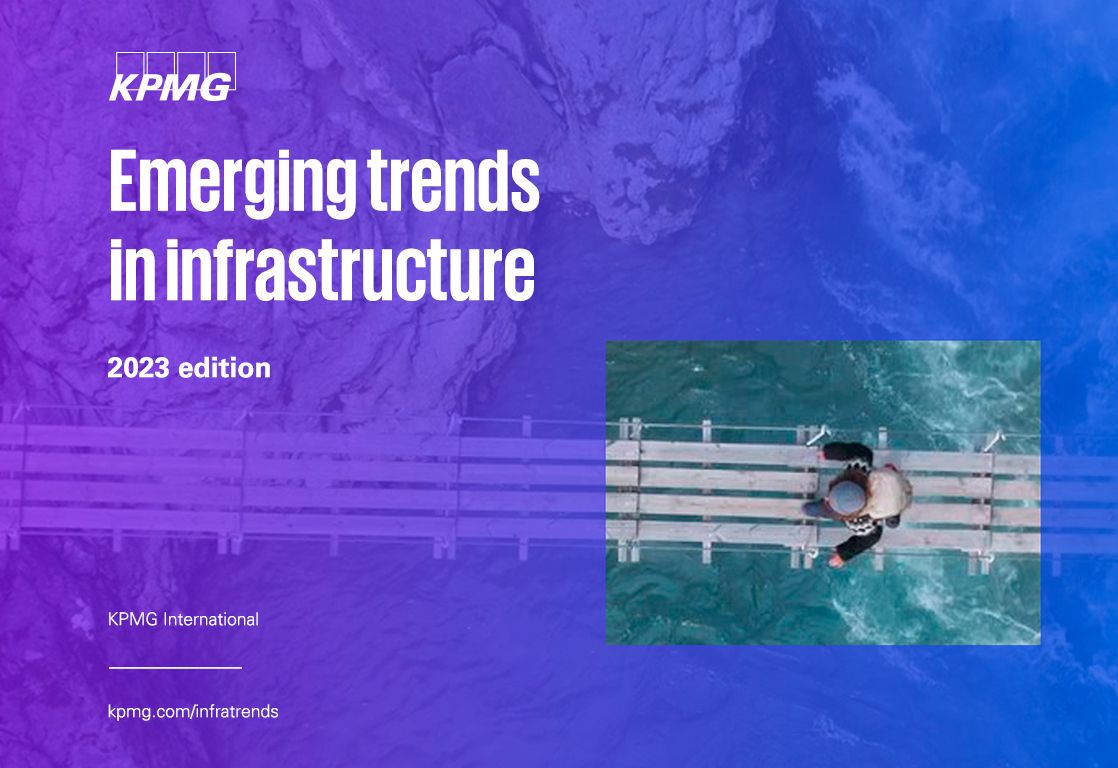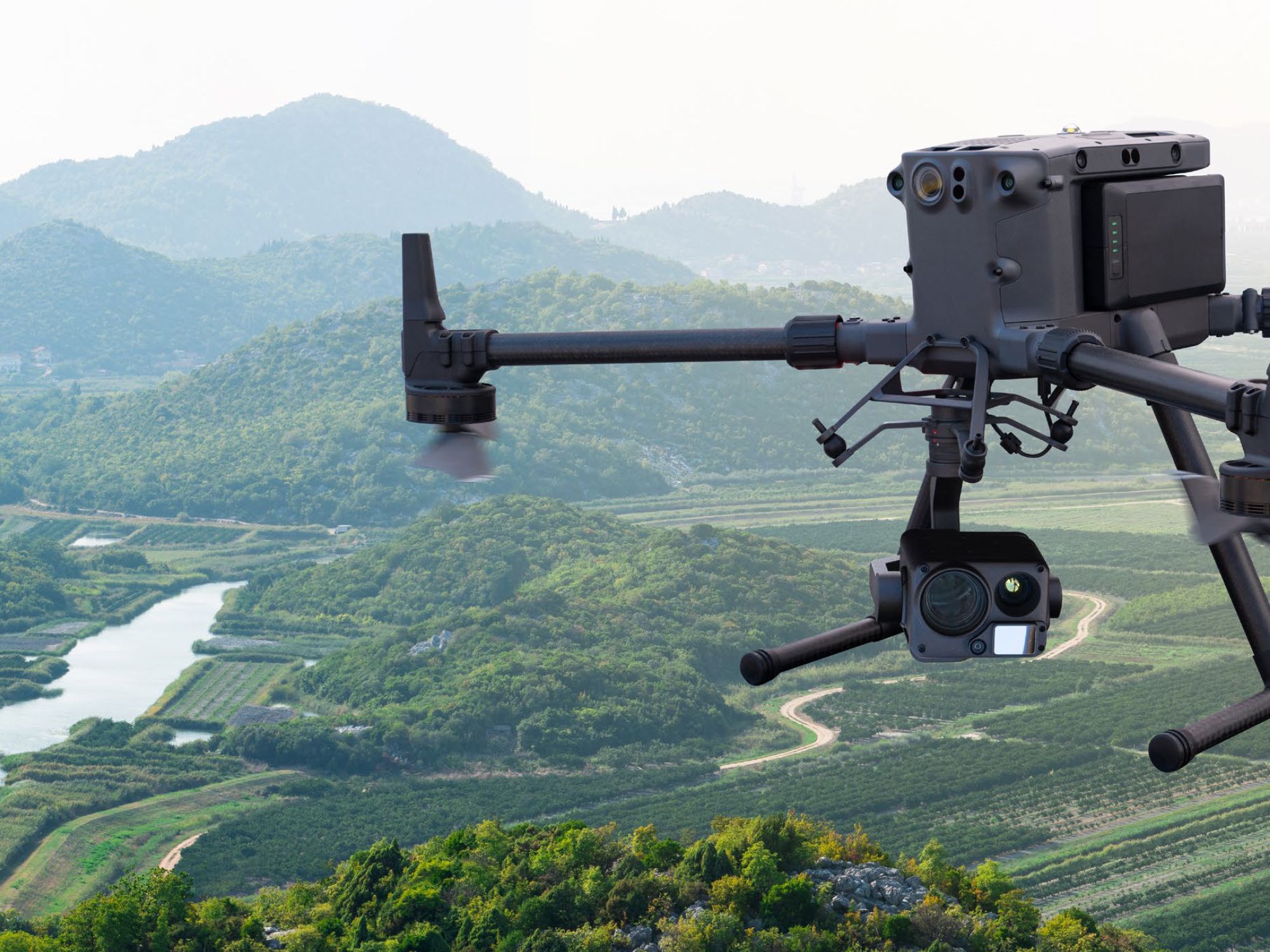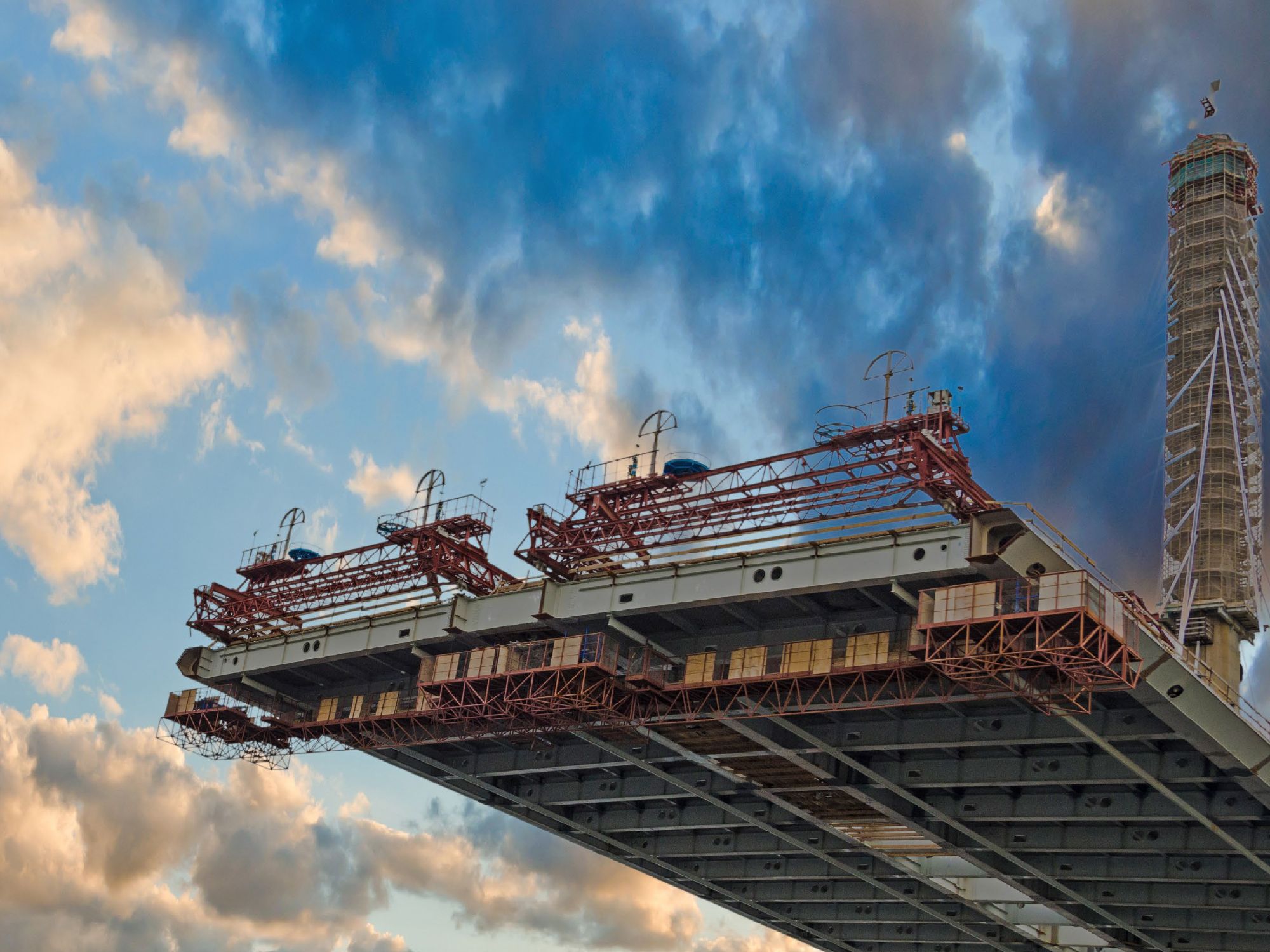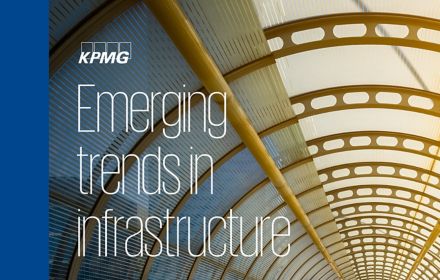The accelerated pace of globalisation has fused the outlook and strategies of global economies, underscoring the interconnectedness of goods, capital, data and even crises. From cross-border conflicts to supply chain issues, the nature of globally connected ecosystems mean that an adverse event on one side of the world has the potential to ignite lasting impact across international markets.
As nations revaluate their infrastructure strategies to stay competitive in the face of increasing disruptions, the message is clear: close collaboration and an alignment of key agendas will be critical in creating smart, sustainable infrastructure. This will demand infrastructure players to move away from siloed approaches of asset planning as they develop joint approaches and solutions to meet the evolving needs of communities.
In this report, we examine how infrastructure players, governments and decision-makers can work together cohesively to tackle the challenges and opportunities facing the sector in the coming year. From increasing territorialism to digital transformation, we identify potential roadblocks and outline key approaches that countries can take to steer economic development, mitigate climate change and promote social inclusivity through the power of infrastructure.
10 trends that will shape the future of infrastructure
Get in touch
Connect with us
- Find office locations kpmg.findOfficeLocations
- kpmg.emailUs
- Social media @ KPMG kpmg.socialMedia












